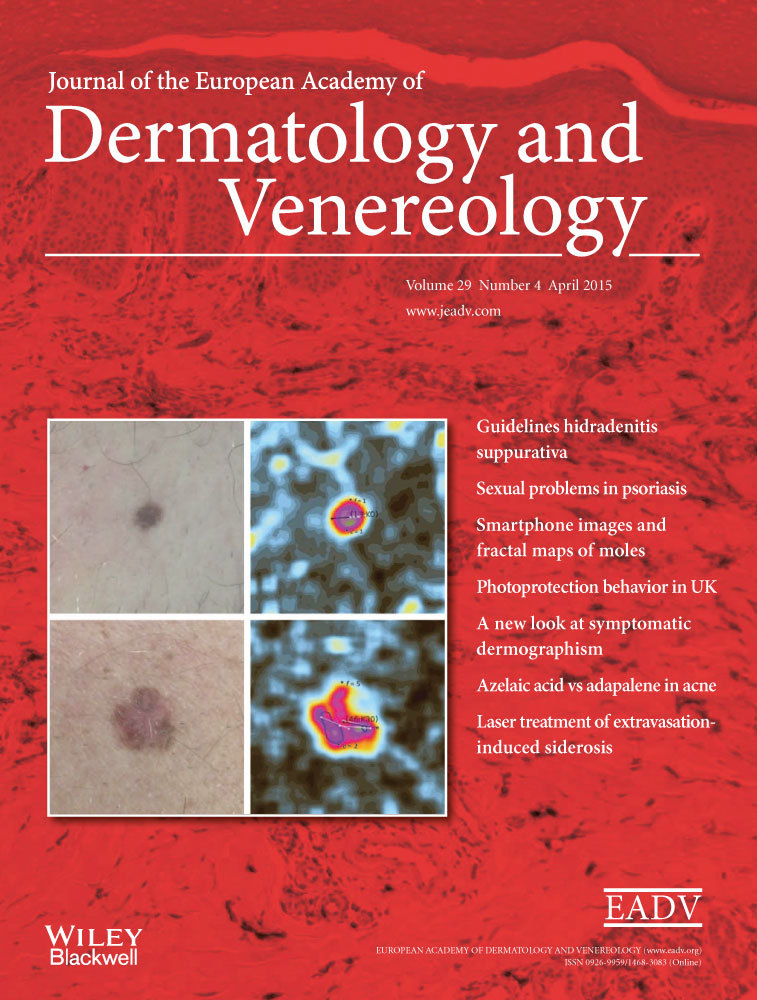Aspirin-exacerbated cutaneous disease (AECD) is a distinct subphenotype of chronic spontaneous urticaria
Conflicts of interest:
None.
Funding sources:
Investigator's funds.
Abstract
Background
A subset of patients with chronic spontaneous urticaria (CSU) experience disease exacerbations after receiving non-steroidal anti-inflammatory drugs (NSAIDs). This condition has been designated as Aspirin-Exacerbated Cutaneous Disease (AECD).
Objectives
The purpose of this study was twofold: (i) Investigate the demographic and clinical features of patients affected by AECD; (ii) To compare patients with AECD and NSAID-tolerant CSU patients for those characteristics.
Methods
Patients with AECD and a group of unselected CSU patients tolerant to NSAIDs were studied. Demographic and clinical data were obtained by direct questioning and physical examination. Laboratory investigations and allergen skin prick tests were performed only in selected patients, as guided by the medical history.
Results
Of 423 CSU patients admitted in the clinics, 52 (12.2%) had AECD. Compared with NSAID-tolerant CSU patients, AECD patients had significantly longer disease duration (57.7 ± 118.4 vs. 24.4 ± 36.6 months, P < 0.05), higher prevalence of angio-oedema (72.7 vs. 30.9%, P < 0.05) and atopy (83.8% vs. 58.4%, P < 0.05) and more frequent involvement of the face and upper respiratory tract (54.5% vs. 29.6%, P < 0.05).
Conclusions
AECD is a distinct phenotype that should be considered for inclusion as a separate subtype of chronic spontaneous urticaria.




